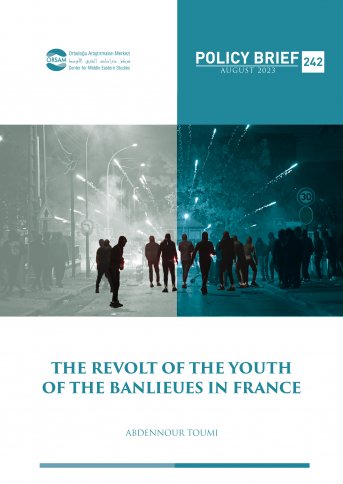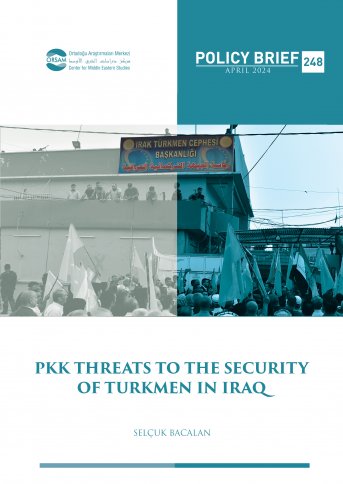
The Revolt of the Youth of the Banlieues in France
The question of the youth of Maghreb and African Sahel ethnic origin in France who live in large majority in the suburbs, so-called la banlieue. The thorny issue of the youth, however, in the banlieues has become a social chronic disease that French governments' right and left alike have been dealing with. The dilemma of the marginalized banlieues and the youth that are lost in the socio-cultural parameters of French society and the republic at large.
What went wrong? A socioeconomics issue that turned into a national identity issue, which has turned into a political selling point for the right and the far-right parties, media, and elite. Knowing that the issue of Youth, Identity, and Immigration is a topic that includes social, historical, and civilizational phenomena that are intertwined and complex and are related to humanity’s constant pursuit of communication, interaction, and sometimes conflict to achieve their aims. Youth is not only an age group and biological stage—it is also a social position that is linked to cultural, economic, and political contexts. Recognizing this helps us to analyze and understand its identity and relationship with its society and other societies.
To better understand the latest and not the last Revolt of the Banlieues in France, in effect, the media and politicians were using the noun riot, which is more than a circumstantial event that has been shaking French governments for more than four decades. Chronologically, there were other events which occurred in the banlieues/suburbs in 1979, 1993, 2005, and in 2023, but what is new is that the conflict’s dynamic has moved to the center and is no longer a suburb issue. It’s a big city issue because tragic events of looting and social chaos took place in the downtown of Paris, Marseille, Lyon, Toulouse, and Bordeaux etc., even in some small and medium -sized cities like Blois in central France.







